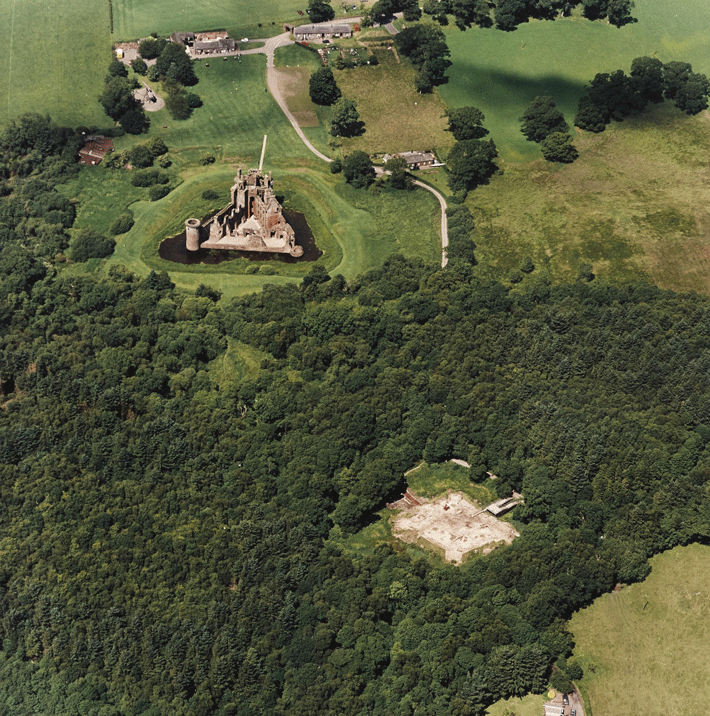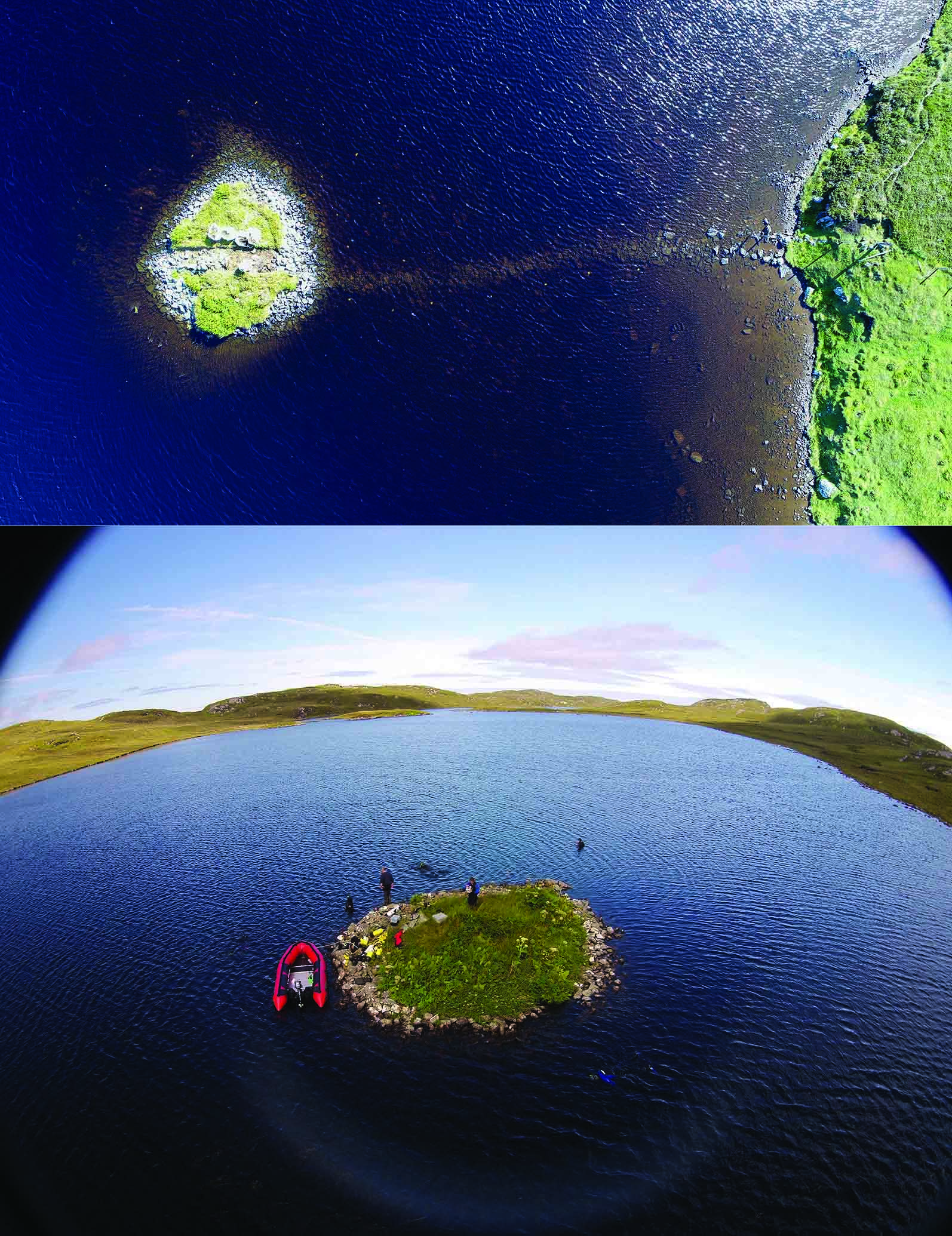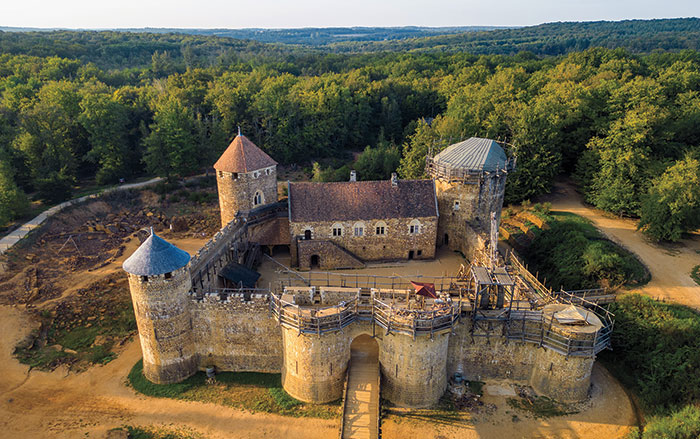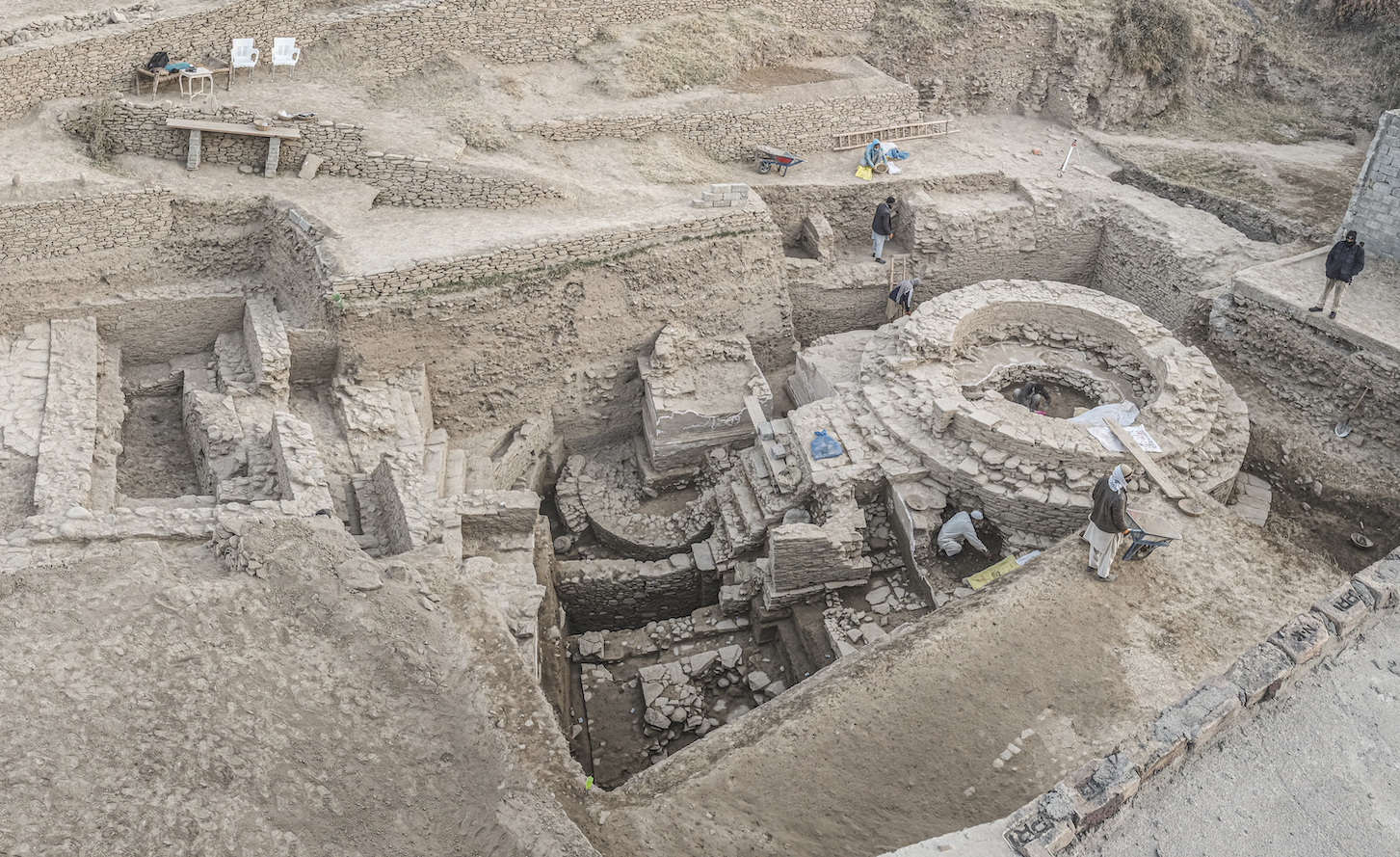
With a commanding view of southwestern Scotland’s Solway Firth, Caerlaverock Castle was the seat of the powerful Maxwell clan, which held the strategic coastal bastion during the late medieval Wars of Scottish Independence. The triangular fortress, which was besieged by English forces several times, was built starting in 1277. It was located around 600 feet uphill from an earlier moated fortification, known as Old Caerlaverock Castle, which was abandoned just 50 years after it was built. Recently, an interdisciplinary team led by University of Stirling environmental scientists Eileen Tisdall and Richard Tipping investigated Old Caerlaverock Castle and the landscape around it to explore why the fortification was occupied for such a short period. Building on earlier research at the site, they discovered that the moat of the old castle was filled with sediments deposited by multiple storms in the thirteenth century, which is known to have been a period of heightened storm activity.
By investigating and dating gravel ridges that were deposited just off the coast during these storms, the team has determined that storm surges of between 15 and 30 feet high flooded the old castle. “The irrepressible waves of these surges were like tsunamis,” says Tipping. “While they may not have wrecked the castle, psychologically the storms must have scared people rigid.” It’s also possible that the old, perpetually damp castle with its vulnerable moat simply didn’t match the Maxwells’ sense of their growing political importance. “Maybe they wanted more glamour,” says Tisdall, who notes that the later castle’s triangular design is unique in the United Kingdom. “It’s very much a statement castle.”











